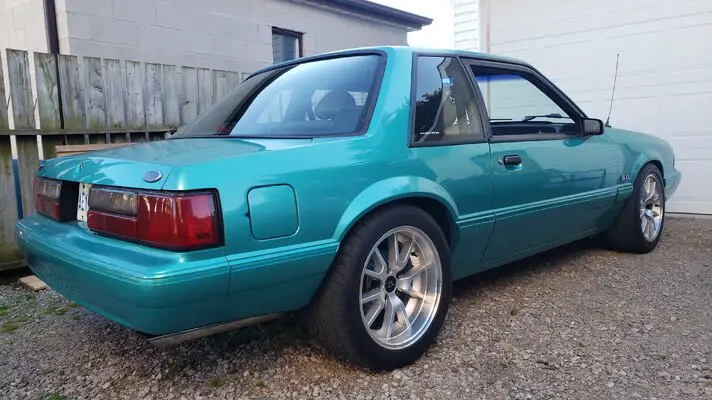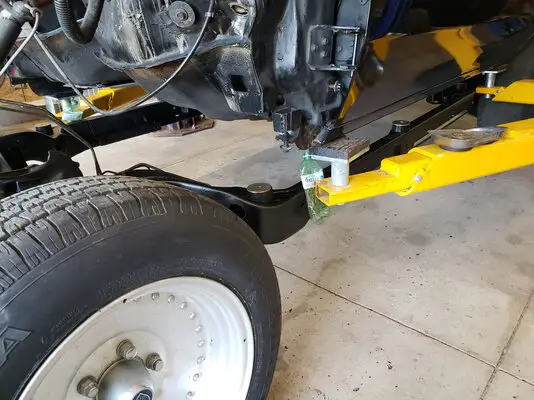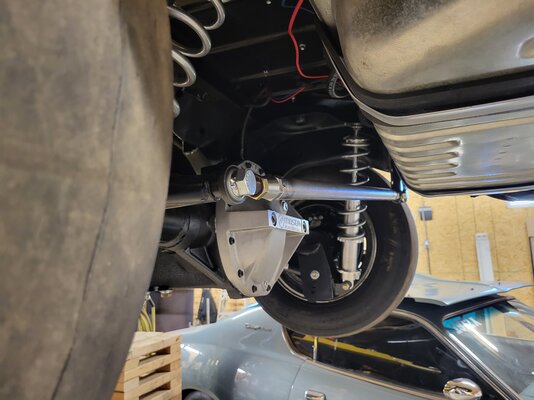I feel like the rear upper arms are a big factor in the g body shuffle. Expecting 2 bushings on a 45 deg angle to control all side to side is asking alot.
I used to have a fox Mustang with a similar suspension. I could tell it was moving around from the tires touching the wheel wells after spirited driving. Every modification would make less and less contact but aggressive driving would still have the axle moving side to side. From stock, to aftermarket upper arms then polyurethanes in the uppers. Higher spring rate, stiffer shocks, narrowed the rear rims, smaller tire.
This was not driving around to the coffee shop. There was sticky tires and chasing lap times at Toronto Motorsports Park.
I used to have a fox Mustang with a similar suspension. I could tell it was moving around from the tires touching the wheel wells after spirited driving. Every modification would make less and less contact but aggressive driving would still have the axle moving side to side. From stock, to aftermarket upper arms then polyurethanes in the uppers. Higher spring rate, stiffer shocks, narrowed the rear rims, smaller tire.
This was not driving around to the coffee shop. There was sticky tires and chasing lap times at Toronto Motorsports Park.







